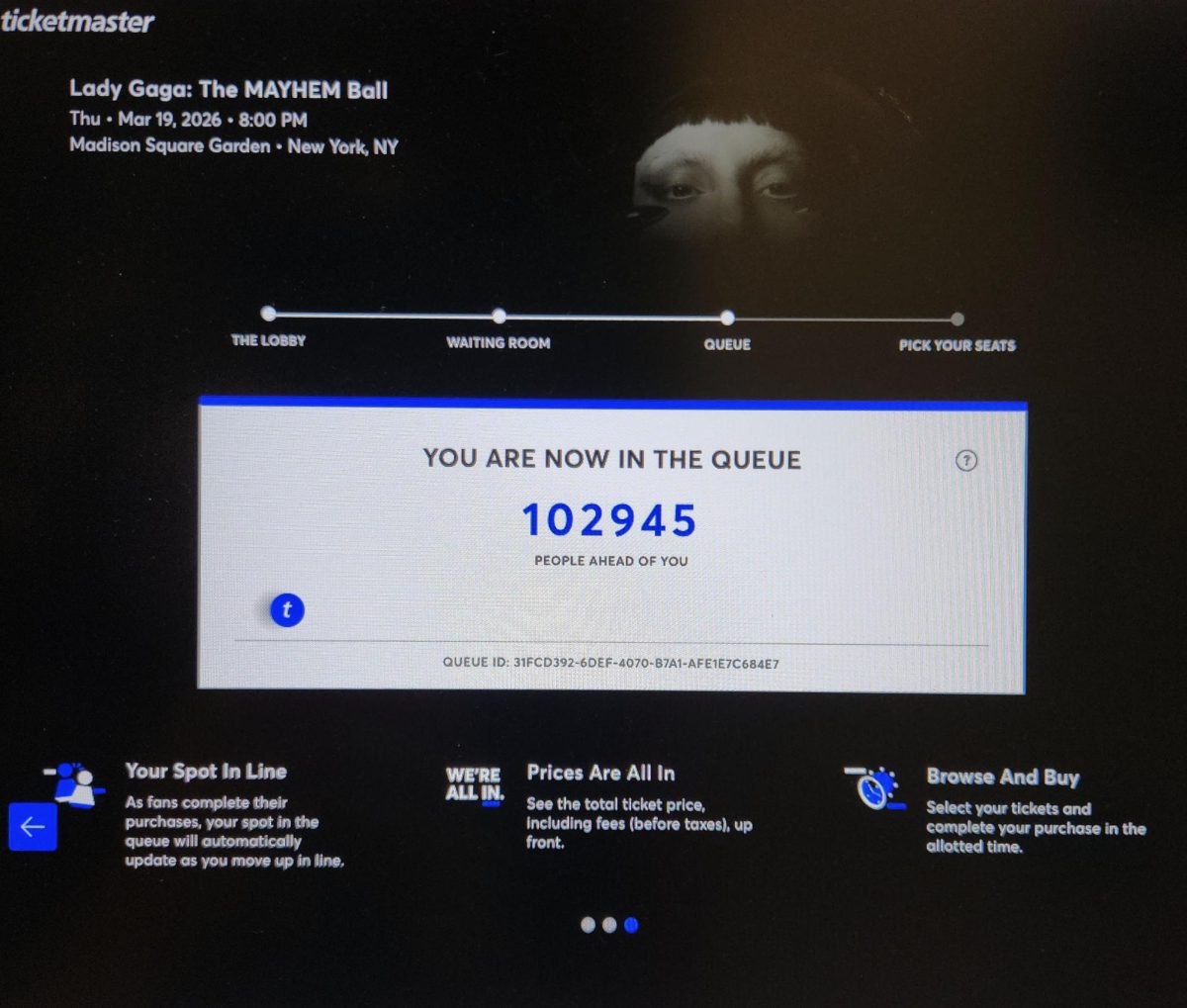With courses dedicated to nearly every world region at Macalester, it is striking to find Southeast Asia missing from the mix. That’s not to say the region isn’t discussed at all. While perusing through course offerings for Spring 2017, it seems to come up as case study material in a grand total of two courses.
This is insufficient. It is ironic for the college to boast about being an institution promoting internationalism, when left out from its academic offerings is a region boasting some 11 countries, 625 million people and what would be the world’s seventh largest economy if the region were counted as a single economic bloc.
It’s perhaps no surprise, though, when the region is sandwiched between China and India, two behemoths that have traditionally piqued American fascination with Asia. In particular, China has received greater attention as it continues to ruffle Washington’s feathers with its increasing assertiveness and muscle-flexing. Notably, the college’s most recent Curriculum Development Plan, tabled in 2014, calls for more courses on East and South Asia, but remains silent on the Southeast Asian region. China, together with India, Japan and South Korea, feature heavily in courses pertaining to Asia.
China’s increasingly muscular foreign policy is defining the Sino-US relationship. But one’s thorough understanding of China might not enable one to fully grasp China’s appeal on the world stage, especially in regions where it’s attempting to challenge US hegemony. And if there’s any region where China’s rising clout is being most felt, it is in Southeast Asia.
The region has historically existed under the shadow of China, comprising several vassal states and protectorates during China’s imperial days, slowly lost to European colonizers from the 16th century. It is thus symbolic for China to re-establish hegemony over the region in the beginning stages of its superpower project. In recent years, China has attempted to increase the region’s dependence on its burgeoning economy, doling out economic investment, infrastructure development and military aid. For many countries in Southeast Asia, China is already a top trading partner, with trade between China and Southeast Asia standing at some $480 billion in 2014.
Concurrently, increasing reliance on China has given greater leverage over the South China Sea. China’s claims overlap with four other Southeast Asian countries. Over the last decade, China has steadily increased its grip on the South China Sea, building airfields on artificial reefs, enforcing its supposed maritime borders and installing weapons systems. This conflict in Southeast Asia has global consequences given that $5 trillion of world trade passing through these disputed waters every year. As a result, the US Navy has ramped up freedom of navigation of patrols to counter China’s increasing grip.
Quite apart from increasing US Navy presence in the South China Sea, the Obama administration has rightfully recognized that engaging Southeast Asia is an important way to ensure continued US relevance amidst a more influential China. Through his pivot to Asia, President Obama has visited nearly every single Southeast Asian capital and made historic visits to Cambodia, Laos, Malaysia and Myanmar.
But the results have been mixed thus far. While Vietnam continues to draw itself closer to the US, other countries have found themselves pandering to China. Just last month, President Duterte of the Philippines, arguably the US’ closest ally in the region, declared his nation’s “separation from the US” on an official visit to China. Last week Malaysian Prime Minister Najib Razak announced the Royal Malaysian Navy’s purchase of Chinese-made ships in a blow to the US. Both countries have leaders who are under the spotlight for embezzlement and human rights violations. These examples highlight the challenges in maintaining US hegemony in the region, especially with a competitor that has eschewed scrutinizing the actions of Southeast Asian leadership.
Thus, with no sign of China’s influence abating, the region will remain a key component of US policy in the Asia-Pacific, especially with the likely election of Hillary Clinton (and probably even under a Trump Presidency). With this in mind, it is odd that Southeast Asia remains at the margins of academic discourse, especially at an institution that prides itself in having an unusually wide array of international course offerings for a small liberal arts college.
But even Southeast Asia in and of itself cannot simply be ignored. The world’s largest Muslim majority country, Indonesia, offers a unique example of a functioning secular democracy within the Muslim world. Indonesia is also a major culprit in climate change, setting forests ablaze each year to make way for agricultural plantations. This has made it the world’s third largest polluter. Myanmar is undergoing a period of democratic transition undergirded by continued military strife and ethnic cleansing that has displaced an estimated 100,000 Rohyingas, and created a refugee crisis in neighboring countries last year.
And yet the region has also seen phenomenal growth rates over the last five years, contributing to a growing middle class. Despite the global slowdown, Vietnam and the Philippines continue to register solid growth of seven per cent this year. Both are countries with large populations that present opportunities for American investment.
Asia is much more than just its major powers. Southeast Asia, while sharing similarities with India and China, is fundamentally a separate entity with a distinct identity. Its strategic location at the cross-roads of India and China is what defines it. It is a region underpinned by global trade which provided sustenance to its people, brought ideas from across the world, nurtured great kingdoms and invited colonial subjugation.
For all its global prominence, it remains subordinate to China and India in the discourse on Asia at Macalester. I cannot help but draw parallels to the sidelining of Africa’s history in the global narrative. The college has bucked this trend, offering a wide array of courses on the continent and its own dedicated concentration. Why has this attitude not been extended to the study of Southeast Asia?
Ultimately, it would be unrealistic to demand that the college study every single world region in equal detail. There are pragmatic reasons that determine the depth of how each region is studied. Nonetheless, I find it hard to believe that a region with so much of an impact on the world stage is undeserving of its own dedicated course.







Melanie Poole • Sep 11, 2019 at 1:56 pm
Thanks for the sensible critique. Me & my neighbor were just preparing to do a little research about this. We got a grab a book from our local library but I think I learned more clear from this post. I’m very glad to see such excellent info being shared freely out there.
Lisa Brown • Sep 10, 2019 at 8:18 am
I blog quite often and I seriously thank you for your information. Your article has really peaked my interest. I am going to book mark your blog and keep checking for new details about once a week. I subscribed to your Feed too.
Colin Vance • Sep 7, 2019 at 9:15 am
I admire your piece of work, thankyou for all the great blog posts.